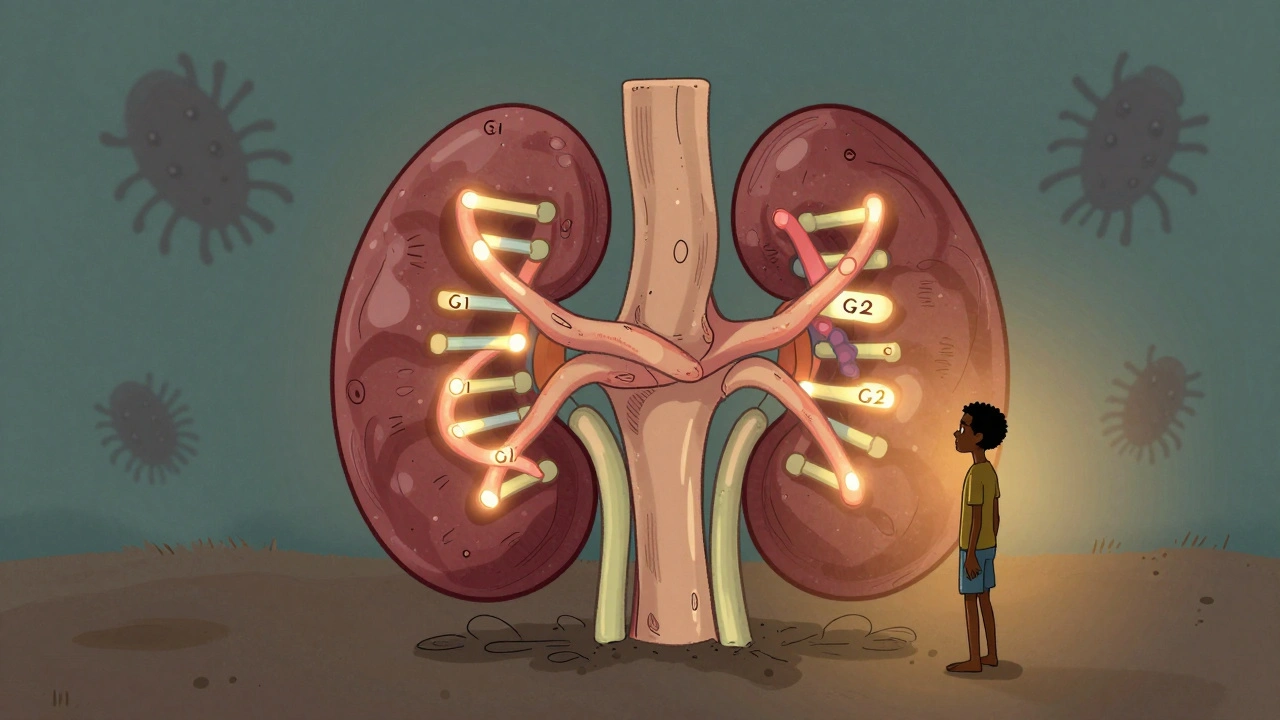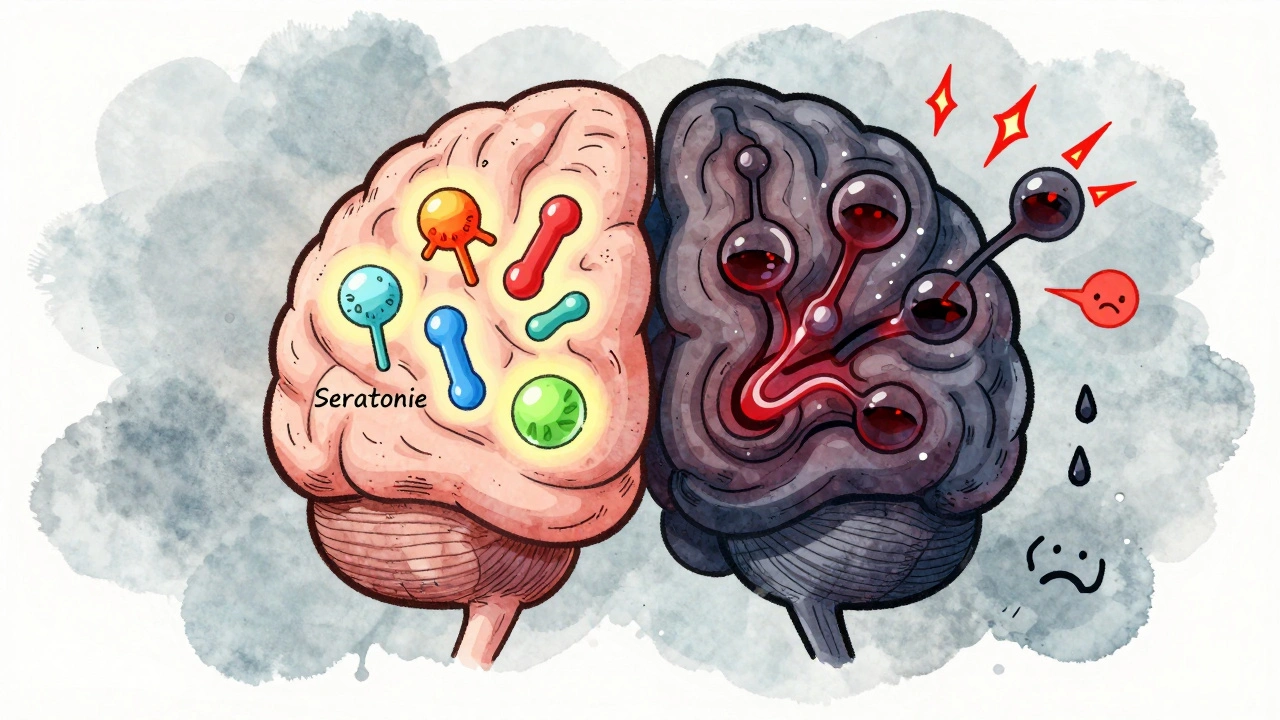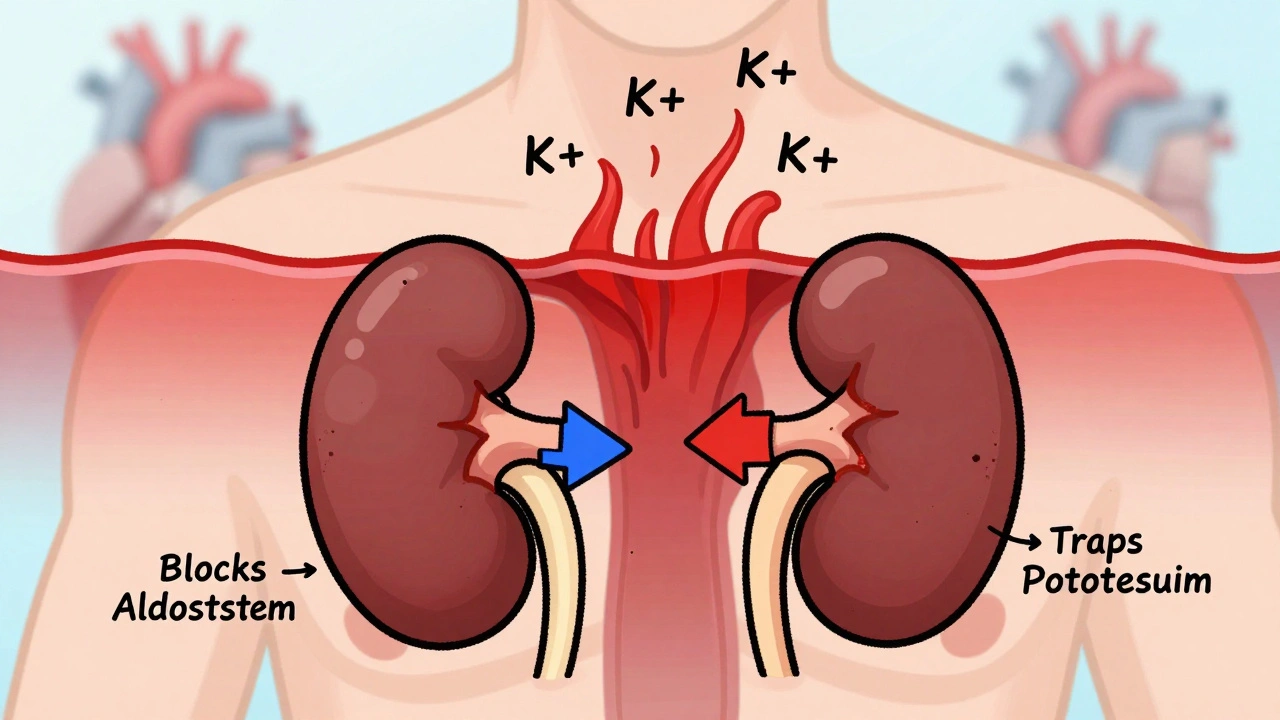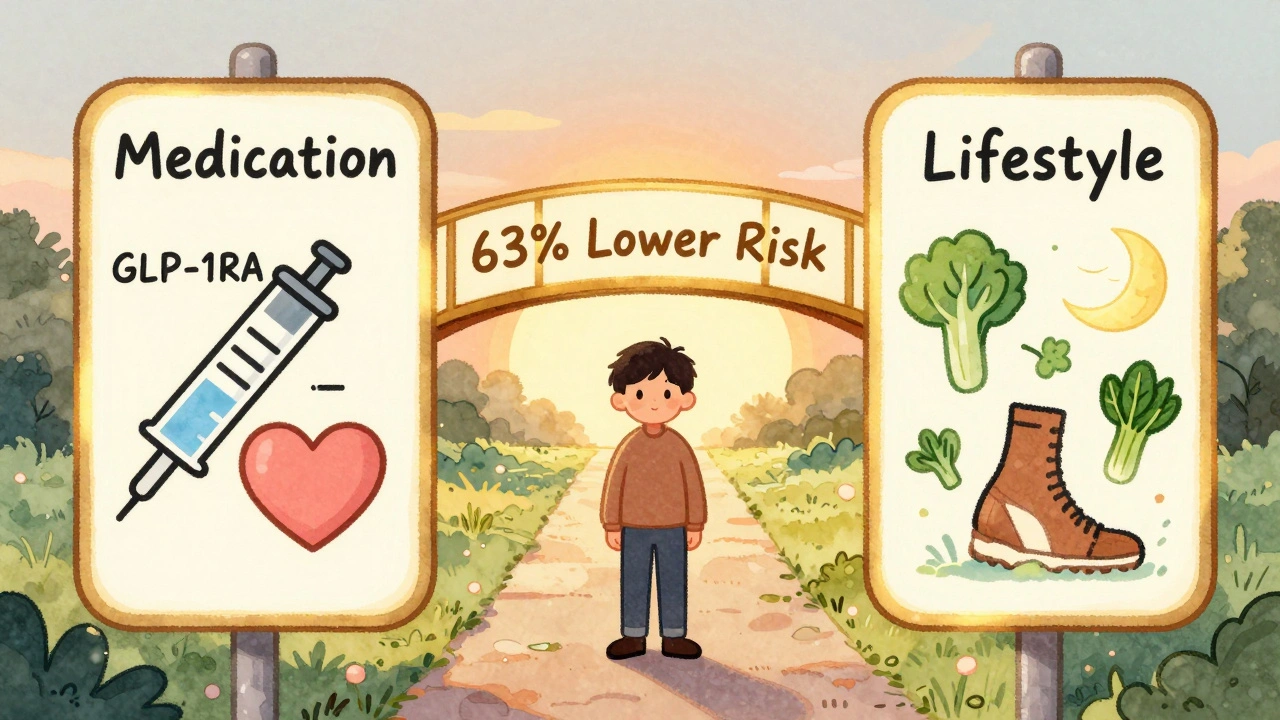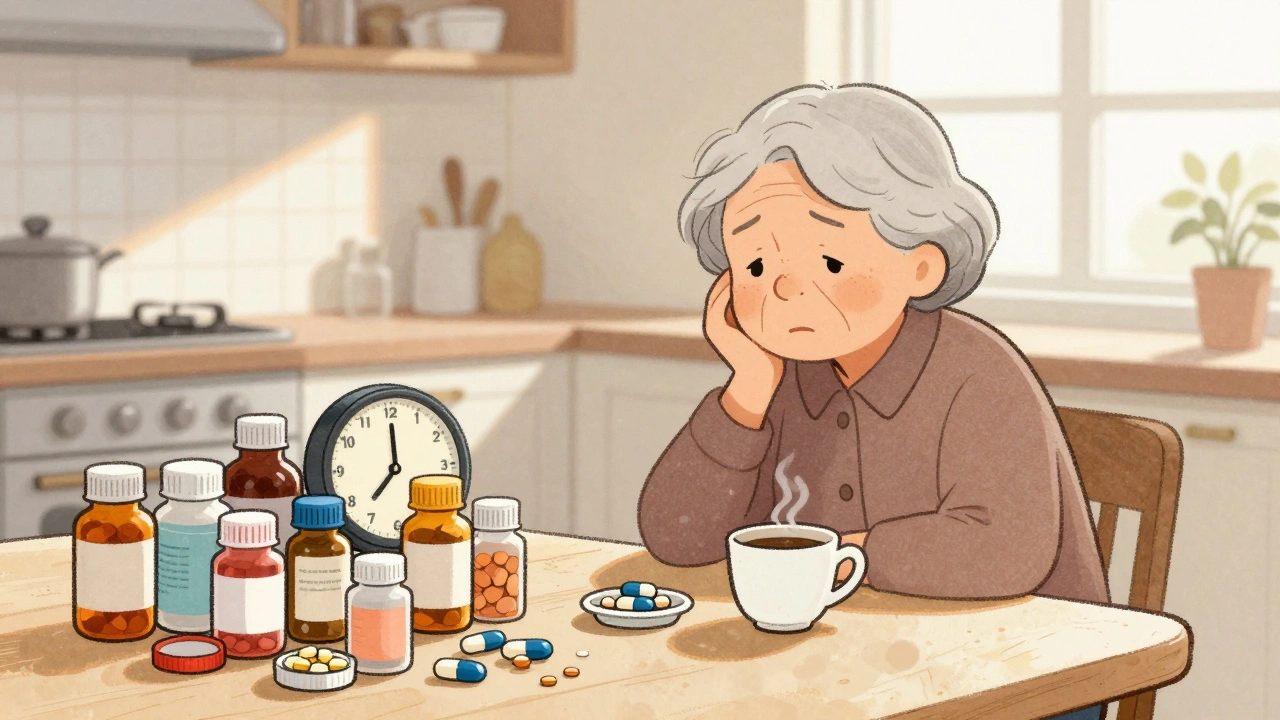Hepatocellular Carcinoma Risk: What Raises Your Chances and How to Cut Them
When talking about hepatocellular carcinoma risk, the likelihood of developing primary liver cancer, usually linked to chronic liver damage. Also known as HCC risk, it is shaped by a mix of infections, toxins, and personal habits. Understanding those pieces helps you see why some people develop liver cancer while others don’t.
One of the biggest drivers is hepatitis B virus infection, a chronic viral attack that inflames liver cells and can trigger cancer over decades. The virus inserts its DNA into liver cells, creating a continuous cycle of damage and regeneration – perfect conditions for cancerous mutations. Another heavyweight is alcoholic liver disease, liver injury caused by long‑term heavy drinking that leads to cirrhosis and, eventually, tumor growth. Alcohol metabolites generate oxidative stress, which mutates DNA and fuels scar tissue that blocks normal blood flow, creating a hotbed for tumor cells.
Other Major Players in the HCC Puzzle
Beyond viruses and alcohol, non‑alcoholic fatty liver disease (NAFLD) has surged worldwide as obesity rates climb. Fat builds up in liver cells, causing inflammation (non‑alcoholic steatohepatitis) that can progress to cirrhosis and cancer. Metabolic syndrome, diabetes, and high triglycerides all amplify this pathway. A less obvious but deadly factor is aflatoxin exposure – a toxin produced by mold on improperly stored grains and nuts. Aflatoxin B1 binds directly to DNA, creating a mutation in the TP53 gene that dramatically raises HCC odds, especially when combined with hepatitis B.
Screening and early detection complete the picture. People with cirrhosis, chronic hepatitis B or C, or a family history of liver cancer should undergo routine ultrasound and alpha‑fetoprotein (AFP) testing every six months. These tools catch tumors when they’re still small enough for curative treatments like resection, ablation, or liver transplantation. Lifestyle tweaks—reducing alcohol, managing weight, getting vaccinated against hepatitis B, and ensuring safe food storage—can shave years off the risk timeline.
Below you’ll find articles that dig deeper into each of these risk factors, how they interact, and practical steps you can take today. Whether you’re a patient, caregiver, or health‑professional, the collection gives you a clear roadmap to understand and lower your hepatocellular carcinoma risk.

How Chronic Hepatitis B Leads to Liver Cancer - Risks & Prevention
Explore how chronic hepatitis B drives liver cancer, learn the key risk factors, screening methods, treatment options, and preventive steps to protect your liver.

